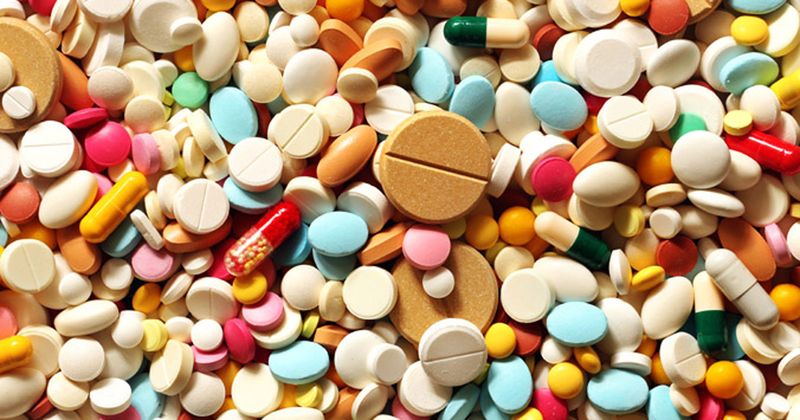Zuranolone linked to improved depression scores, longer repeat treatment intervals in MDD
Key takeaways:
- The study included adults with MDD who were initially given 30 mg or 50 mg zuranolone.
- Median time to first repeat treatment was 135 days for 30 mg cohort and 249 days in the 50 mg cohort.
MIAMI BEACH, Fla. — For adults with major depressive disorder, treatment with zuranolone was linked to improvements in self-reported depressive symptoms, longer repeat treatment intervals and was generally well-tolerated.
“This looked at how many times you need zuranolone in the course of a year,” Gregory W. Mattingly, MD, associate clinical professor and psychopharmacology professor at Washington University School of Medicine, told Healio during a poster presentation at the American Society of Clinical Psychopharmacology annual meeting. “How many times would you need to retake the medication?”

Zuranolone, a novel molecule intended as an oral, once-daily, 14-day treatment for adults with major depressive disorder and postpartum depression, was tested in the SHORELINE study, an open-label, longitudinal, phase 3 trial that aimed to assess safety and efficacy of treatment in 30 mg and 50 mg doses in adults with MDD as well as patient-reported improvements in the Patient Health Questionnaire-9 (PHQ-9) following a treatment course up to 1 year.
Their analysis included 725 adults (mean age 45 years; 67.4% female) in the 30 mg cohort and 199 adults in the 50 mg cohort (mean age 45 years; 69.3% female) who were diagnosed with MDD and had a 17-item Hamilton Rating Scale for Depression total score (HAMD-17) of 20 or higher as well as a Montgomery-Asberg Depression Rating Scale (MADRS) score of 28 or higher. Zuranolone was given once daily for 14 days, with those who saw a 50% or greater reduction in HAMD-17 from baseline at day 15 of the initial 28-day treatment period followed-up for at least 48 weeks. Participants continuing past the initial phase completed the PHQ-9 at baseline and every 2 weeks, while those with PHQ-9 score 10 and above and HAMD-17 score 20 and above were eligible for repeat treatment with 50 mg at day 70 or later of each study period until 52 weeks.
According to results, the median time until the first repeat treatment course was 135 days for the 30 mg cohort and 249 days in the 50 mg cohort.
Mean change from baseline in PHQ-9 at day 15 of the initial treatment period was 10.3±7.2. For initial responders, the mean change in PHQ-9 at day 15 of the second treatment course was 8.3±6.4; for treatment course 3, 9.1±6.2; for treatment course 4, 11.0±6.6 and treatment course 5, 10.8±7.6, respectively.
Data additionally showed that incidence and severity of treatment-emergent adverse events were highest in treatment courses one and two.
“This molecule, by mechanism of action, tends to start moving the needle on depression within two days,” Mattingly said. “This is giving people the ability to be in control of their depression and to take their treatment as needed, when needed.”
Editor’s note: This article was updated June 13, 2023, to correct the dosing schedule for zuranolone. Healio regrets the error.










